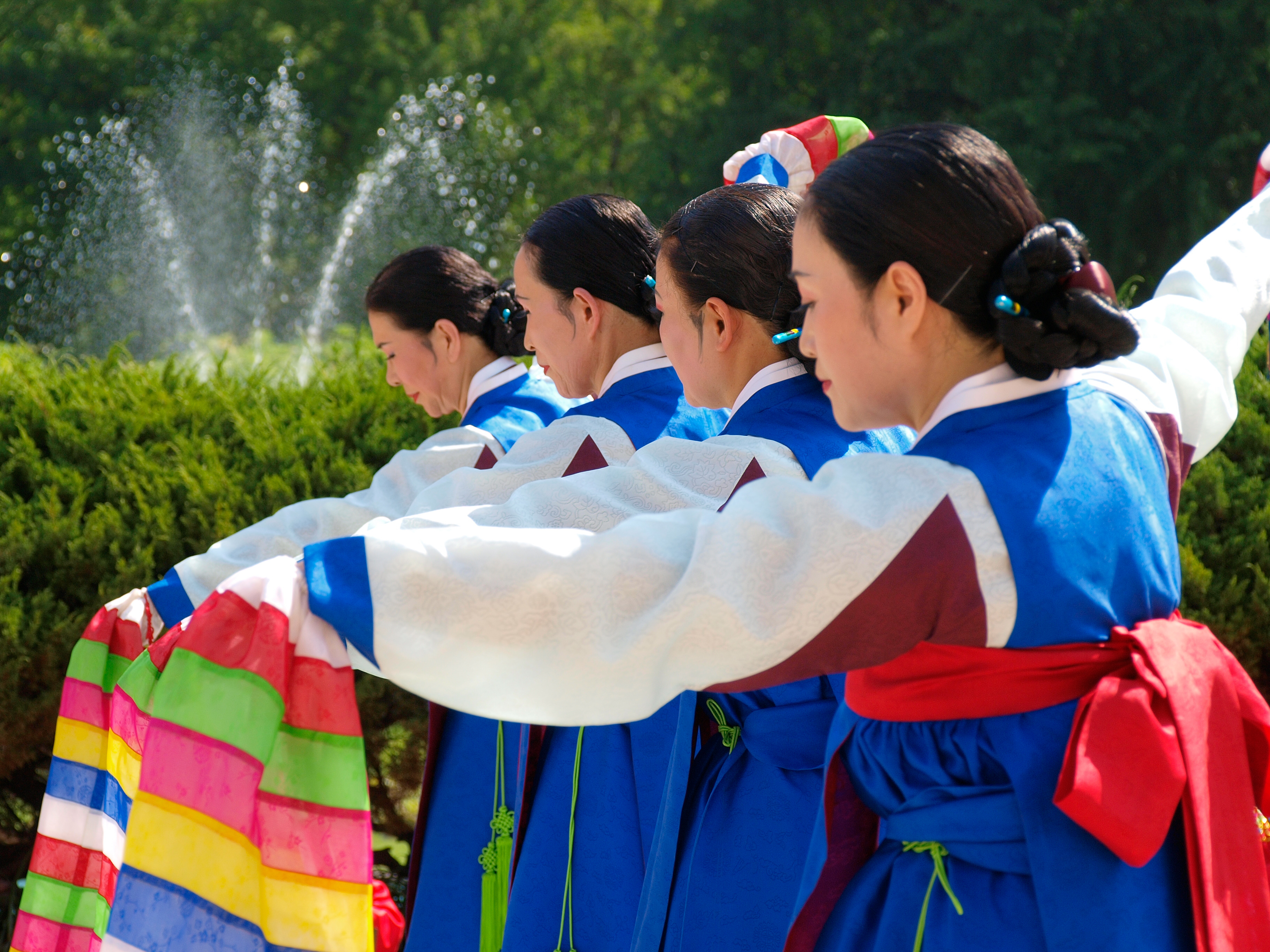Hello! My name is Jennifer. For my environmental studies project I am doing a blog on the geography of dance. I will be picking different countires from different continents around the world and telling you a bit about their countries traditional dances. Dancing has been around ever since man was created. Before we had speech, cavemen used facial expressions and body movements to express emotions and instructions. Dance is a form of entertainment, it is a way to express yourself and each country has its' own. I hope you learn something from my blog and enjoy it!
References: Youtube, Wikipedia and Dancing Culture History.
Thursday, February 4, 2010
 India: In India, they used to and still do today, dance as a sign of worship and expression of emotions to their millions of Hindu Gods. The Devadasis dancers were temple dancers where they learned routines and performed sacred dances in front of their fellow villagers to please specific Gods. These dance routines involved signs of praise and gratitude to Hindu Gods such as Yellamma. The Indians believed that their Gods would keep their families happy and help them have a good harvest for their crops. Sometimes these dances were peerformed in front of cows, which are sacred in Hinduism. Today these dances have been modernised and are performed as a form of entertainment.
India: In India, they used to and still do today, dance as a sign of worship and expression of emotions to their millions of Hindu Gods. The Devadasis dancers were temple dancers where they learned routines and performed sacred dances in front of their fellow villagers to please specific Gods. These dance routines involved signs of praise and gratitude to Hindu Gods such as Yellamma. The Indians believed that their Gods would keep their families happy and help them have a good harvest for their crops. Sometimes these dances were peerformed in front of cows, which are sacred in Hinduism. Today these dances have been modernised and are performed as a form of entertainment. http://www.kamat.com/kalranga/dances/dances.htm
.gif)
BELGIUM: flahmob...Please follow this link to view a flashdance mob which took place in Belgium. It is proof that dancing can be done and enjoyed by everyone, young, old, tall, small and the list goes on. Enjoy!
http://artpredator.wordpress.com/2009/04/14/do-re-mi-bring-us-to-the-may-day-prom-ride-on-the-promenade/
http://artpredator.wordpress.com/2009/04/14/do-re-mi-bring-us-to-the-may-day-prom-ride-on-the-promenade/

Korea: Korean dance originally came from shamanistic rituals. These were practises of their beliefs which could be from Buddhism or Taoism. This practise involves the mudang, who is usually a woman to act as an intercessor between the God/ Gods whom they believe in or a human being. These practises were used (and some are still used today) to help an ill person, give good fortune to someone or to bless their village. The Korean people believed that the Shaman (the practitioner of these rituals) was like a magician whose soul would be carried into the Korean mountains or sacred trees where spirits layed. His spirit would be re-newed and salvaged to give him a right mind to teach others. These rituals involved a dance that would represent the Shaman's soul been taken from his body etc. It was very much to do with the religion of the people and is still a popular dance today as it is self-expression.
Subscribe to:
Posts (Atom)